What is a Cover Letter
A cover letter is a crucial document that accompanies your resume when you apply for a job. It serves as your introduction to a potential employer and provides an opportunity to showcase your personality, skills, and enthusiasm for the position. Unlike a resume, which is a factual summary of your experience, a cover letter allows you to tell a story, explaining why you are the perfect fit for the role and the company. It’s your chance to make a strong first impression and persuade the hiring manager to read your resume carefully. A well-crafted cover letter can significantly increase your chances of getting an interview, making it an essential tool in your job search arsenal.
Why Cover Letters Are Important
In today’s competitive job market, a cover letter is more important than ever. It allows you to personalize your application and demonstrate your understanding of the specific job requirements and the company’s values. It is an opportunity to highlight relevant skills and experiences that might not be immediately apparent in your resume. Many hiring managers rely on cover letters to assess a candidate’s communication skills, writing ability, and attention to detail. A strong cover letter shows that you have taken the time to research the company and the role, indicating your genuine interest. By effectively communicating your qualifications and enthusiasm, you can set yourself apart from other applicants and make a compelling case for why you should be interviewed. In addition, it helps you to address any gaps in your resume or explain career transitions.
Key Components of a Cover Letter
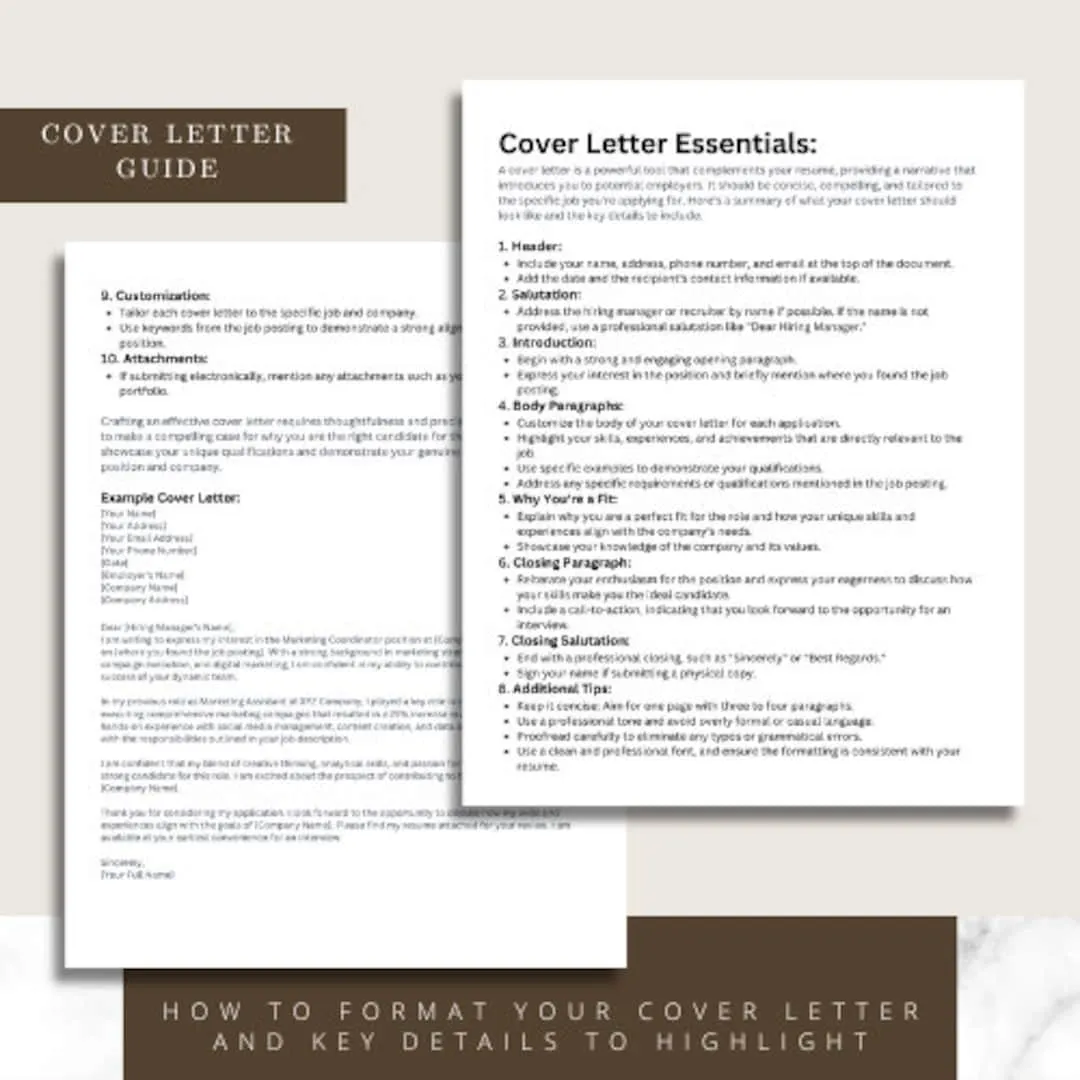
A well-structured cover letter is clear, concise, and compelling. It should include specific components that work together to create a cohesive and persuasive narrative. Each element of a cover letter plays a vital role in conveying your qualifications and enthusiasm. Following a proven format ensures that you present your information in a logical and easy-to-read manner, which will help you to make a lasting positive impression on the hiring manager. You’ll want to include these basic key components in the cover letter to make it efficient and effective, and to catch the hiring manager’s attention.
Header Information
The header of your cover letter is more than just a formality; it sets the tone for your entire application. The header should be well-formatted and professional, providing essential contact information and creating a polished first impression. The inclusion of accurate and easily accessible contact details ensures that the hiring manager can reach you quickly if they decide to move forward with your application.
Your Name and Contact Information
Start with your full name at the top, followed by your phone number, email address, and optionally, your LinkedIn profile URL. Use a professional-sounding email address. Ensure that all information is current and accurate. The goal is to make it simple for the employer to reach out to you.
Date
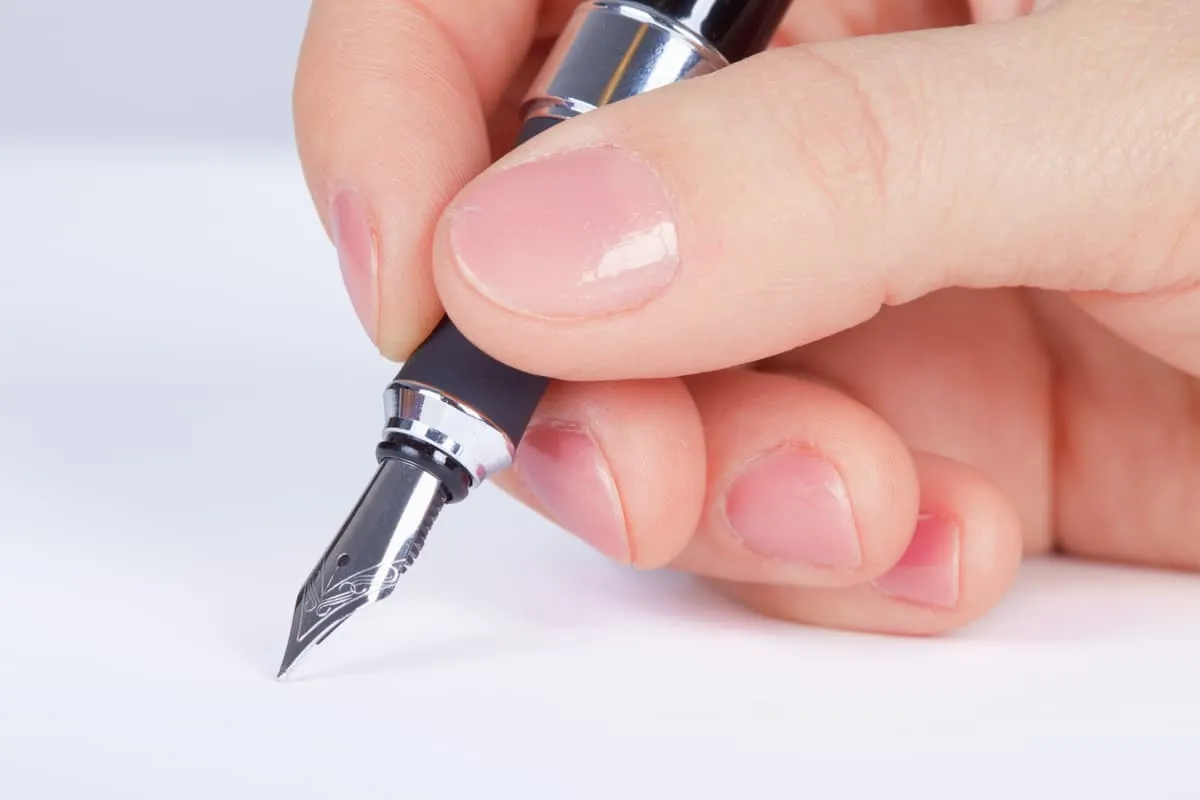
Include the current date, aligning it to the left or right. This shows that your application is recent and up-to-date.
Recipient’s Information
Address the letter to the hiring manager or the relevant person if known. If you cannot find a specific name, use a general greeting such as “Hiring Manager.” Include the company’s name and address. Researching the hiring manager’s name can show your initiative and attention to detail, which is a plus in the application process.
Greeting
The greeting sets the tone for your cover letter. Start with a professional salutation. ‘Dear Mr./Ms./Mx. [Last Name]’ is the preferred approach when you know the hiring manager’s name. If you do not know the name, use ‘Dear Hiring Manager’ or ‘Dear [Company Name] Team’. Avoid generic greetings such as ‘To Whom It May Concern’, because this can make your application feel less personalized.
Body Paragraphs
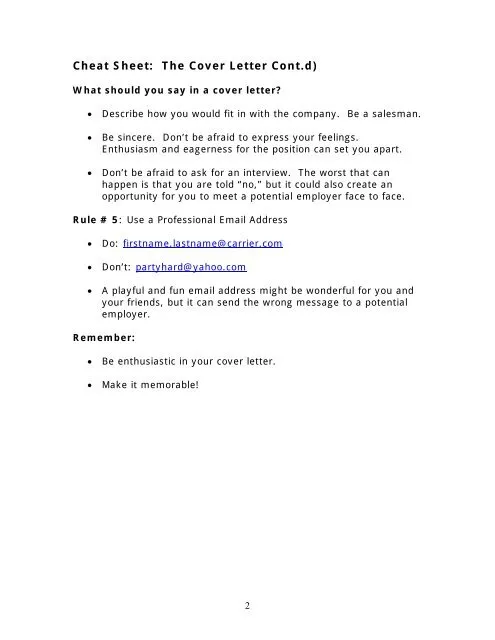
The body paragraphs are the heart of your cover letter. They are where you elaborate on your skills, experiences, and enthusiasm for the role. Each paragraph should have a clear purpose, contributing to the overall message you are trying to convey to the hiring manager. By structuring your body paragraphs effectively, you can highlight your qualifications and show how you can contribute to the company’s success.
Paragraph 1 State Your Purpose
In the first paragraph, state the purpose of your letter and the position you are applying for. Mention where you found the job posting. Include a brief statement about why you are interested in the role and the company. This sets the stage for the rest of your letter and shows the hiring manager that you are organized and focused.
Paragraph 2 Highlight Your Skills and Experience
The second paragraph should highlight your relevant skills and experiences. Focus on the requirements mentioned in the job description and provide specific examples of how you have demonstrated those skills in the past. Quantify your accomplishments whenever possible, using numbers and data to showcase your impact. Show how your skills align with the job’s needs to convince the hiring manager that you are a good fit.
Paragraph 3 Show Your Enthusiasm
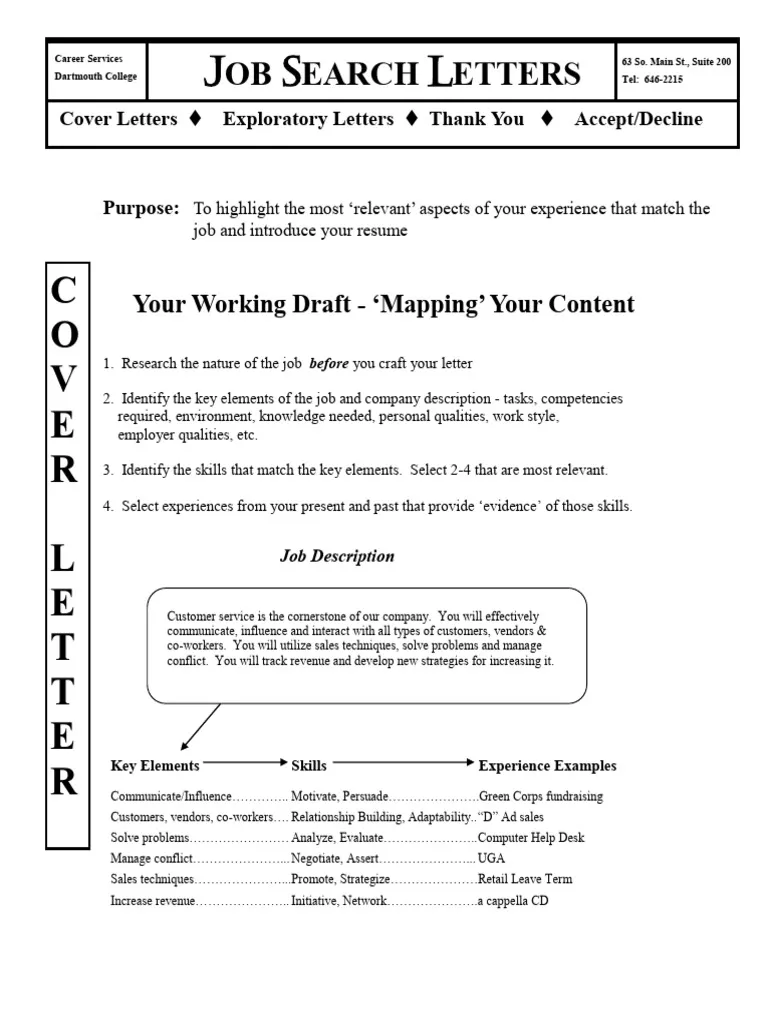
In the third paragraph, express your enthusiasm for the company and the role. Explain what attracts you to the company and what you hope to achieve in the position. Demonstrate that you have researched the company’s mission, values, and recent achievements. This shows the hiring manager that you are genuinely interested in the opportunity and will be committed to the job.
Closing
The closing of your cover letter should reiterate your interest, thank the hiring manager for their time, and provide a clear call to action. The closing is an important part of the document and can leave a positive lasting impression.
Complimentary Close
Use a professional closing such as ‘Sincerely,’ ‘Best regards,’ or ‘Thank you.’ Choose a closing that aligns with the tone of your letter. Ensure the closing is formal and respectful.
Signature
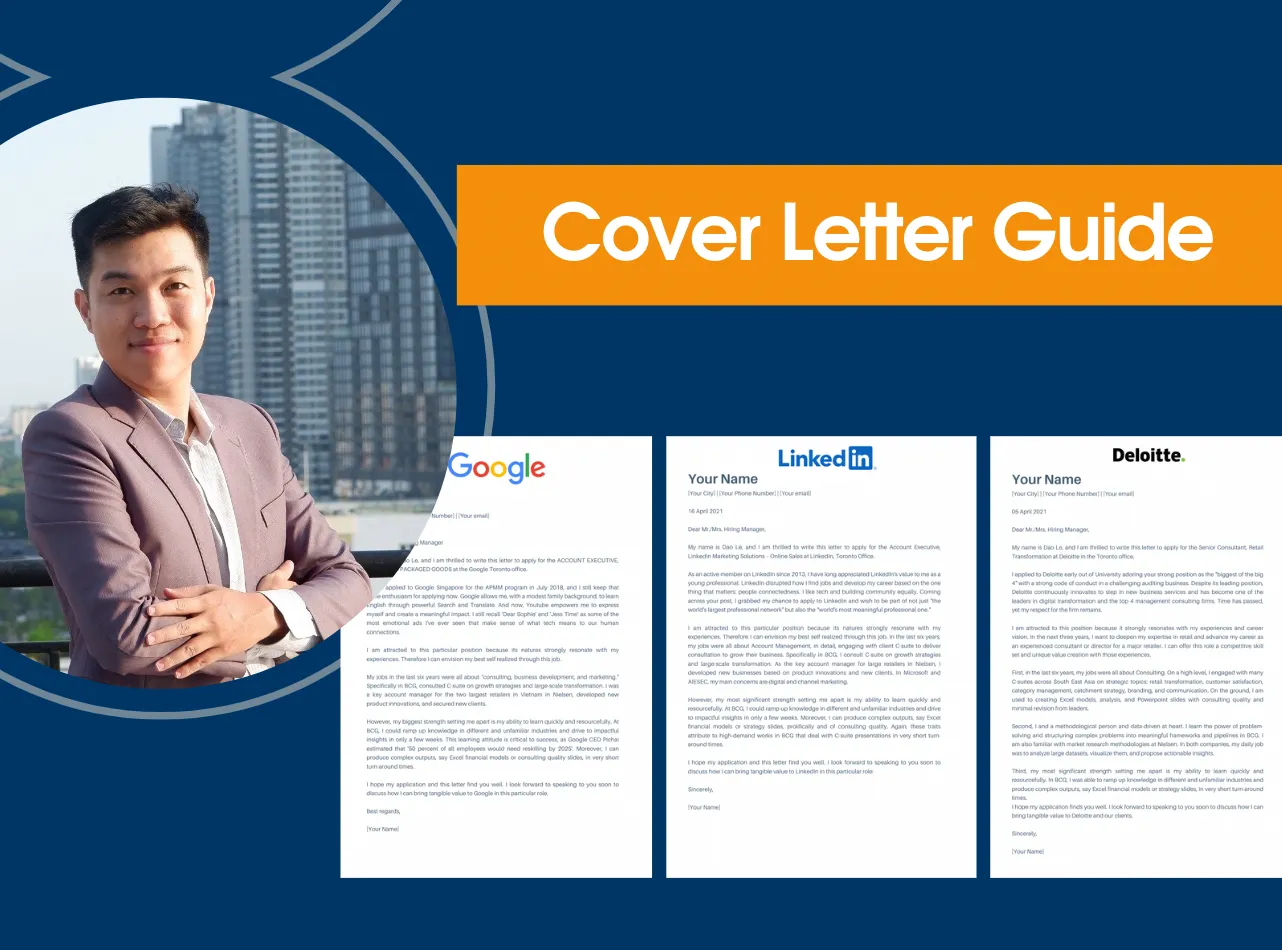
Leave space for your handwritten signature if you are printing the letter. If submitting electronically, type your full name below the closing. This completes the cover letter, ensuring it looks and feels professional.
Proofreading and Formatting
Before sending your cover letter, it’s crucial to proofread it carefully. Check for spelling, grammar, and punctuation errors. Ensure that your formatting is consistent throughout the document. Use a clear, readable font like Arial or Times New Roman, and maintain consistent margins and spacing. A well-formatted and error-free cover letter reflects your attention to detail and professionalism, leaving a good impression on the hiring manager.
Common Mistakes to Avoid
Avoid common mistakes that can undermine your cover letter. These include typos, grammatical errors, generic language, and long, rambling paragraphs. Do not simply repeat your resume; instead, expand on your experiences and skills. Avoid using clichés or overly casual language. Do not send a generic cover letter, as personalization is key to showcasing your interest in the role. By avoiding these pitfalls, you can create a cover letter that captures the hiring manager’s attention and helps you get an interview.
